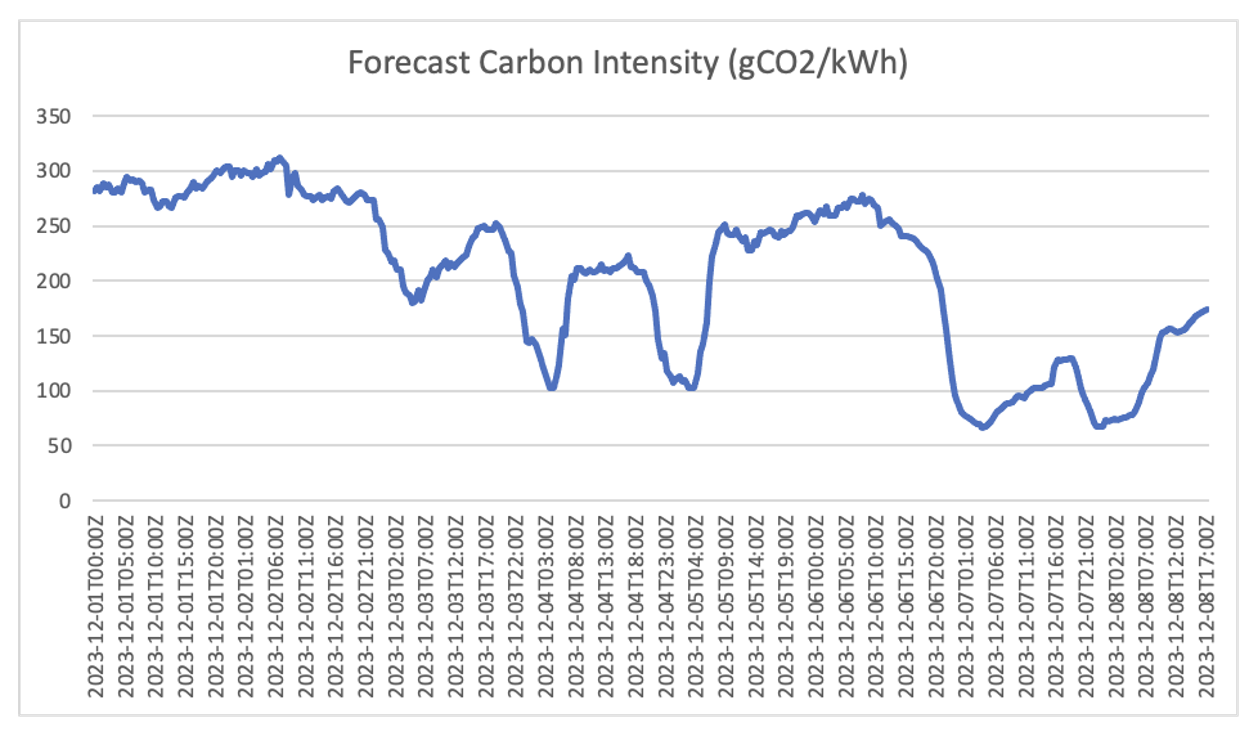Molly Webb, Founder and CEO of Energy Unlocked, explores why the promise of ‘smart’ technologies has yet to be realised in urban areas
Fifteen years ago, the SMART 2020 report by The Climate Group and the Global eSustainability Initiative showed that IT and telecoms could be applied to climate solutions with 8 Gt CO2e savings in smart grids, cities, logistics, and dematerialisation.
One of the assumptions behind that 8 Gt opportunity was smart controls applied to 40% of buildings to provide active energy savings and emissions reductions. This is certainly not a reality today, where most building management systems provide insights but remain controlled by schedules without dynamic changes.
While grids are getting smarter, ‘smart’ local distribution grids are extremely limited, even though it is precisely at the local level where the real challenges will be faced – the proverbial rubber hitting the road as we integrate electric vehicles and expanded electric heating and cooling systems causing outages (at worst), and costly and disruptive upgrades to infrastructure (at best).
Finally, heat pumps or EVs are consumer technologies, which are also the next generation of electricity system infrastructure and are still expensive. Therefore, we risk that the wealthy will participate in having access to the new smart grids while most of us get left behind.
What we hoped for with the digital revolution has not come to pass, so can we hope for more with the new hype around AI?

Why doesn’t the ‘right’ price create the incentive to decarbonise locally today?
Numerous studies have shown that cities are responsible for 75% of global carbon emissions from final energy use. Therefore, achieving net-zero cities is crucial to rapidly decarbonising electricity grids. If we want to get local investments adding up to national and international decarbonisation of grids – whether or not they are AI-enabled – we need to figure out how to make these local investments pay back for individuals or the public sector, or we need to subsidise them as a matter of national security and green industrial strategy.
In terms of market incentives, we have some way to go. Recent research in London showed that wholesale electricity price and carbon do not correlate half the time (and most consumers see retail prices, which have a very weak correlation to the carbon intensity of the energy supply.) While it is intuitive that when we save a kWh, we also save costs, what is less understood is that when we save a kWh of wind power, we do not have the same carbon impact as saving a kWh of fossil-fuelled power. Telling the difference between kWh’s carbon content is crucial.
Our electricity pricing doesn’t reflect carbon intensity by design. We add system and policy costs onto our retail prices and favour cheap gas to ensure homes can be heated affordably as a matter of energy security. We also purposely dampen price signals to consumers so they have predictability. From the chart, it is clear that prices do not fluctuate as much as carbon intensity, nor is any one day the same. If our buildings followed carbon intensity, they would use electricity very differently.
Energy Unlocked: What can we do while we wait for market-wide changes that align local actions with decarbonisation?
We cannot only optimise for carbon intensity all the time. There are some good reasons for the prices we already have. The government is funding several projects to explore how prices can be shifted to ensure it is right for decarbonisation and the future, and these are welcome.
However, given it takes years for market rules and pricing to change, we must ensure we are acting now in advance of 2025 and 2030 to meet local net zero targets set by 80% of local authorities. Our previous work showed that operating our cities (buildings, heat pumps, batteries and EVs) on carbon intensity rather than price in 2030 would achieve an additional 9% carbon savings annually in London, with a < 30% annual savings today depending on the use case (The 24×7 Carbon Free Energy London project delivered by Arup, Energy Unlocked and Quantenergy funded by C40 Cities and Google).
People value doing the right thing, but it isn’t always reflected in price
As we intuitively know, everything we value isn’t priced. Research for REMeDY, one of the government’s Prospering From the Energy Revolution projects led by Southend-City-Council and supported by Energy Unlocked, found that people want energy access to be easy, reliable and affordable. Some people were happy to turn down heating to save costs rather than forgo paying for the streaming services providing their favourite entertainment. Local councils and other stakeholders like community groups and their own families are the ones people trust rather than utilities to get information about energy and the changes coming to their homes and communities.
AI is not a silver bullet, but if we ensure good governance of carbon data from smart technologies, we pave the way for AI to support our energy transition
More work needs to be done in specific use cases – such as charging electric vehicles or flexibility calls from distribution system operators – to understand whether price and carbon intensity correlate or conflict and what values drive decision-making beyond price so we can align people’s actions and investments with decarbonisation.
Until we have more local information derived from local data and the capacity to know what to do with it, we do not have the option to unleash AI or other technologies to be deployed in a coordinated manner. Without this information, using tools like AI to help us redesign markets or inform policy will be challenging. In short, we need the net zero operating model for transitioning away from high carbon energy systems.
Solutions – even AI-enabled ones – need an incentive to be adopted. Today’s generative AI chatbot models are not built for the business models of decarbonisation. They are built upon the business models of enterprise software or social media companies. While announcements of big AI initiatives can be promising, such as those coming out of COP28, we’ve seen similar grand claims in the past. We must ensure we are building the governance of data into how we think about our new market design so that any AI models we build on top of it will achieve better outcomes than we’ve seen from previous (overhyped) tech waves.














